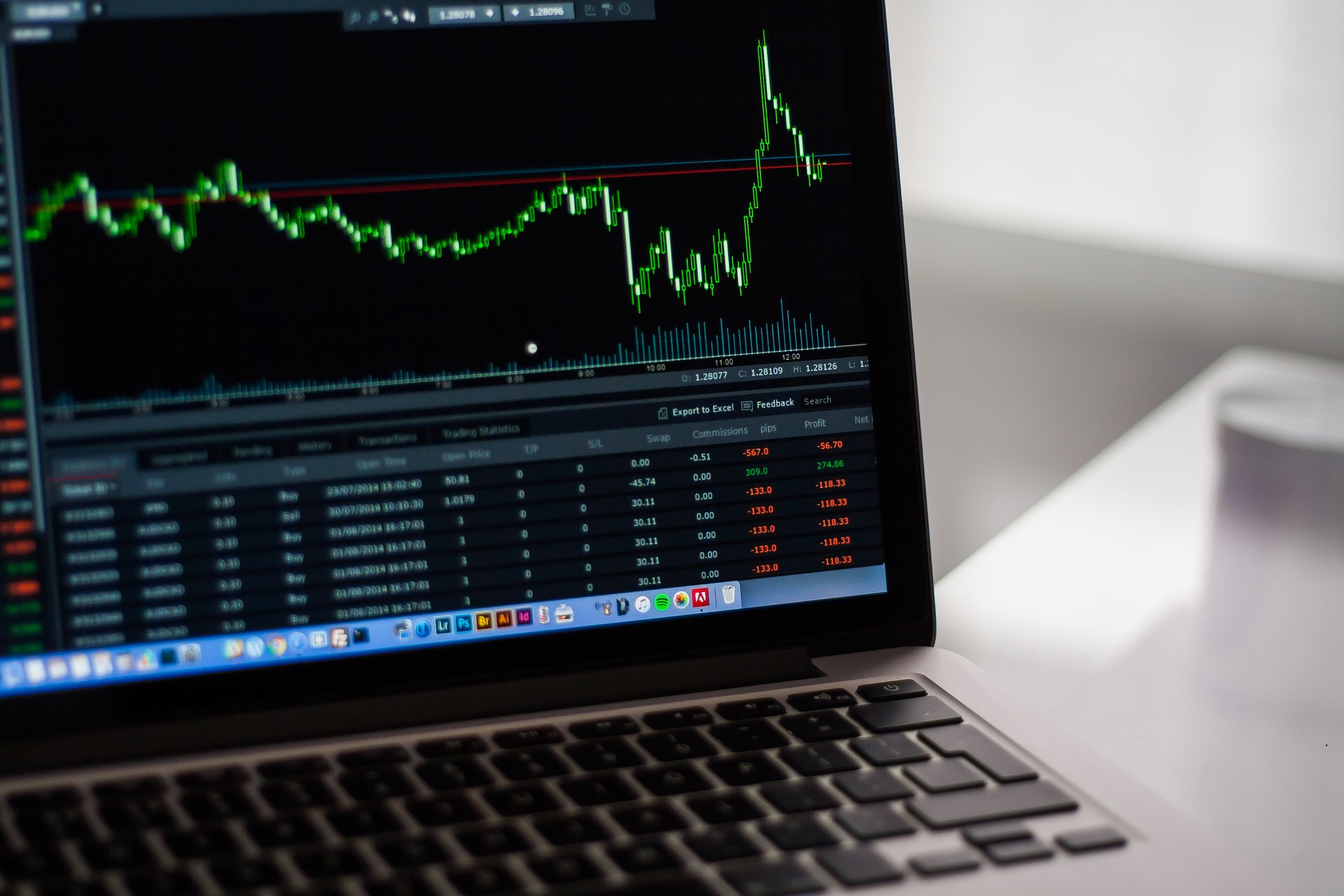ARK Investment’s leading S & P 500 index fund has fallen to its lowest level since November after a downward spiral. The main fund extended its 20 per cent loss in the past two weeks, underscoring the decline in the once highly traded shares favoured by the firm.
The Nasdaq 100 index lost more than 2 percent over the past two weeks as traders switched to so-called value stocks that were underperforming during the pandemic, bringing the S & P 500 index’s total loss for the year to nearly 8 percent. High bond yields, which dampen the allure of stocks, have stripped the shine off what was once Wall Street’s hottest investment, with ARKK growing tenfold in recent years, including the Woop. Its flagship fund has fallen to its lowest level since November, as Tesla is listed among the top 10 worst-rated companies in the US Dow Jones Industrial Average.
The decline was accompanied by losses at some of the fastest-growing companies, including Apple, Amazon and Google. In the last two weeks it has lost more than 10 per cent of its value, and in the last 12 months it has lost almost 20 per cent.
Inflation expectations have stumbled, and some have lost confidence that companies will not make profits in the coming years. Instead, investors are betting on companies that will boost profits in the short term, including those expected to benefit from the vaccination and revival of the US economy.
Ark Innovation’s shares are trading below their 50-day average for the first time since the pandemic began in March 2020. In a study that has become popular with analysts and market commentators, ARK Innovation was compared to the Nasdaq 100. Morningstar has a negative rating for Ark Innovation because it focuses on a range of high-risk and low-return stocks.
The chart above shows that ARKK investors are not paying to take dramatically higher liquidity risks. ETFs, as we have discussed before, have outsized positions in high-risk low-return stocks, a trend that has only intensified in recent weeks. The combination of high liquidity and high risk – adjusted return – is rarely a success story.
Although ARK Innovation has had a bumpy start, the ETF’s track record continues to attract investor attention and dollars, and few investors seem to care about more than total returns, at least not yet. Although they are causing significant problems after last month’s pullout, it seems reasonable that they continue to invest in highly illiquid securities, making it unlikely that other strategies will replicate the same performance while remaining highly liquid.
This bull market has broadened our view of further value strategies, but it could prove dangerous if the market swings continue as they did in March.
Second, we believed that the company’s investment in disruptive technologies would pay off over time. Third, we have leaned on Steve Jobs and others who have convinced us to believe in almost everything with a mixture of charisma and swagger, and embraced the recent sale – away from our holdings.
That we triggered a monster rally of this disruptive stock the following day is testament to Woods’s influence. Shares, which opened at their highest price since May 2008, rose 20.8%, while the S & P 500 gained 9.5%.
The Dow Jones Industrial Average opened up 11 points at 33,688, while the S & P 500 fell 2 points to 4,140. The Nasdaq Composite index gained 4.5 points, or 0.1%, to 14,005. Stocks opened mixed after a mixed day of gains, with S-Series stock indexes opening lower Tuesday as the earnings season for companies kicked off in the first quarter, and the country’s biggest banks delivering mixed figures on the economy’s prospects.
Shares of Ark Innovation were the hardest hit, with the Nasdaq Composite losing more than 2.5%. Wood told CNBC on Friday that he was following the development of Ark Innovation, one of the country’s largest private equity funds.
He said he envisaged a strategy that would see annual returns of about 10 to 15 per cent and return on equity of at least 50 per cent over the next three to five years.
He said he would see dividend yields in the range of 4% above current expectations of 3.5% as long as interest rates and inflation continue to rise against this backdrop. He said that if bond yields remain subdued, US Treasuries, which have retreated from their all-time high of 6.1% in October, could move closer to 5.0%, giving investors the leeway to snap up stocks that look less attractive in the face of higher interest rates. Stocks have gained 14.6% this year, with the S & P 500 up 7.4% and the Dow Jones Industrial Average up 6.0%, according to Thomson Reuters data.
The Dow Jones Industrial Average rose 102 points, or 0.3%, to 32,730, while the S & P 500 gained 27 points, or 1.7%, to 3,941.
![]()
